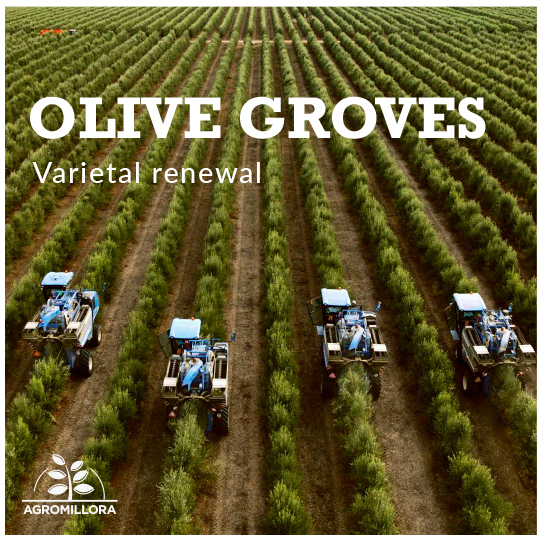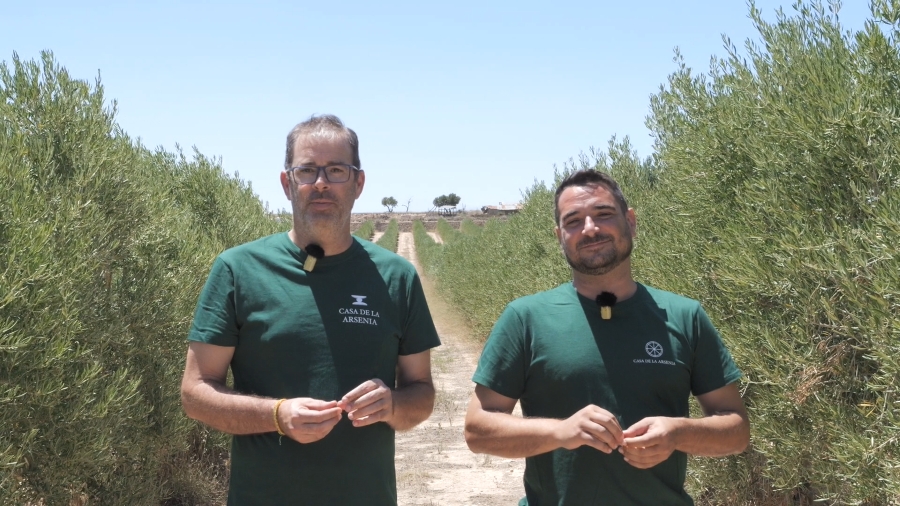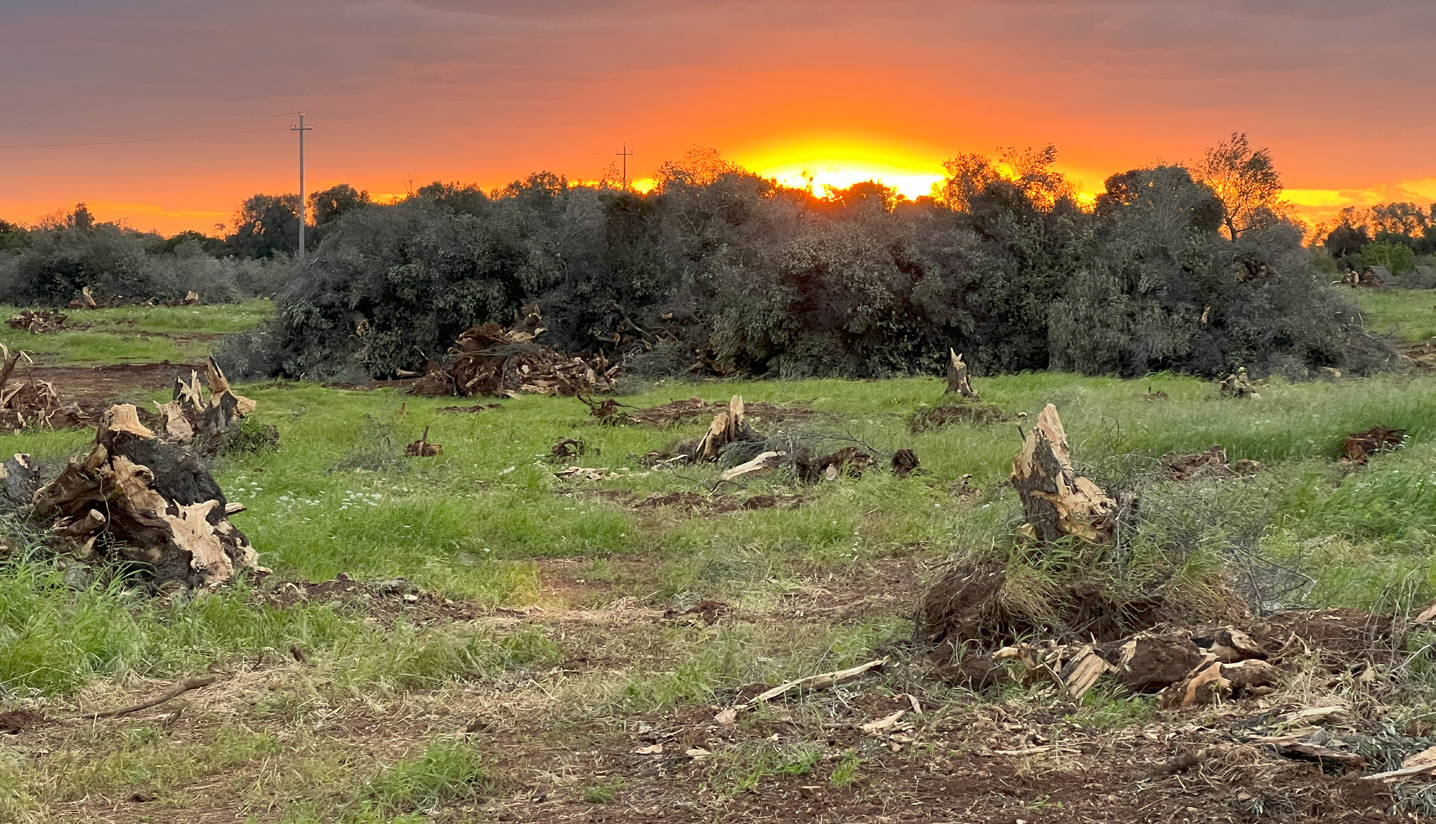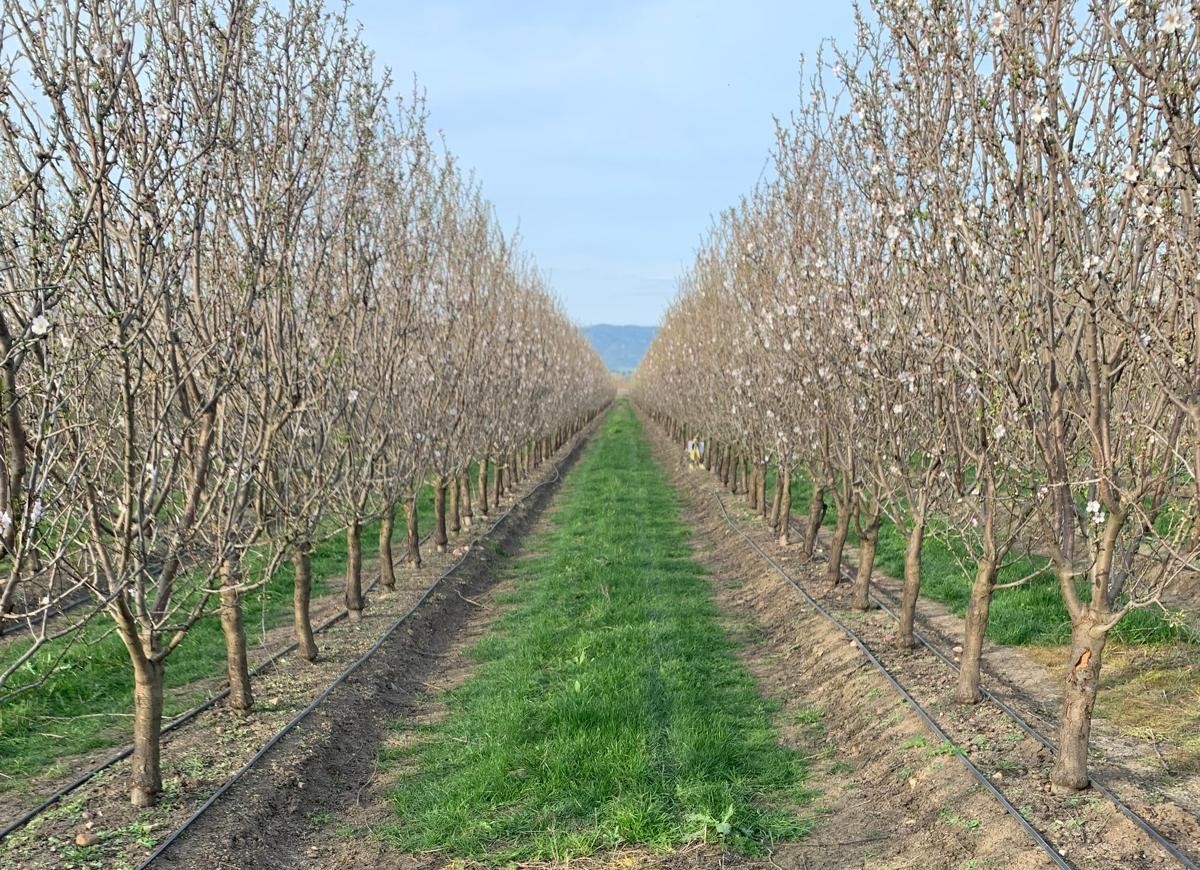Olives
Hedgerow Model
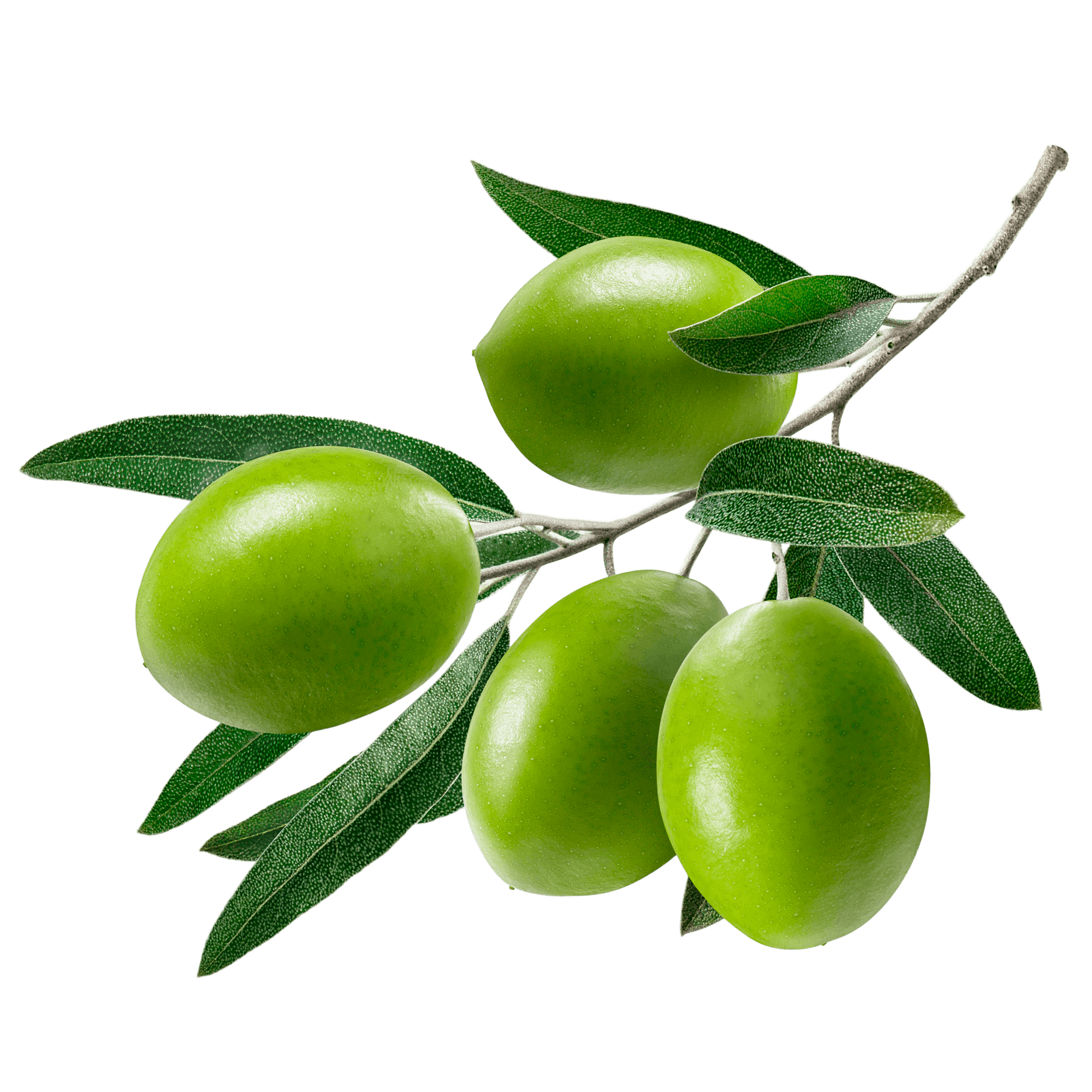
We are leaders in the hedgerow model and always at the forefront of innovation, responding to new trends in the international agricultural sector.
Advantages
- Fully mechanized harvesting.
- Complete mechanization of cultivation tasks from the moment of planting, significantly reducing costs.
- Early entry into production, leading to a quicker return on initial investment.
- Greater efficiency in the application of plant protection products. Reduction in the loss of these products.
- Higher product quality, with a high-quality harvest (correct state of ripeness, minimal fruit damage, and the fruits do not touch the ground, thus avoiding contamination and possible oxidation of the fruit).
Objectives
We work to provide producers, technicians, and companies in the sector with solutions to the new challenges that continue to arise: the development of new varieties and rootstocks, new training and hedge management systems, increasing productivity levels, and ultimately, new opportunities for the industry.
The Quality of our Olive Trees
Genetic Quality
- We have the best genetic materials adapted to the hedge olive grove system.
Characteristics
- Agromillora's olive plants come from semi-herbaceous staking and are rooted under nebulization.
Quality Control
- We carefully select plants for our customers.
Mother Plant Fields
- We offer a distinguished product based on material exclusively from our mother plant fields, which are controlled at both the genetic and sanitary levels.
Protected and Exclusive Varieties
- We have selected clones and varieties as well as new materials from the most advanced Genetic Improvement Programs in the world: Universities of Cordoba, Bari, Florence, and Todolivo.
Varieties
Soon
Comparison of the vigor
Resistance to Cold
Resistance to Repilo
Our catalogue
How can we help you?
Fill the form and contact us
Related articles
Salinity Tolerance in SHD Olive Cultivars: Insights for Growers
Salinity Tolerance in SHD Olive Cultivars: Insights for Growers Comparing growth, physiology, and ion regulation in modern SHD olive cultivars to identify the most resilient options for saline irrigation environments. Abstract This article provides an extended technical overview of salinity tolerance in five olive cultivars (Arbequina, Arbosana, Lecciana, Coriana, and Sikitita) under super-high-density (SHD) systems. […]
“Lecciana has helped us improve all our oils and production systems”
“Lecciana has helped us improve all our oils and production systems” Interview with Antonio Lopez, Manager of Aceites Casa de la Arsenia, and Pedro Sarrión López, Production Technician at Aceites Casa de la Arsenia. Interview conducted by Miguel Abad, Elaiologist. This mill dates back to the 18th century, right? Can you tell us a little […]
Xylella: An Increasingly Complex Picture
Xylella: An Increasingly Complex Picture In Puglia, the pauca strain has reached south of Bari, and new subspecies are emerging, including fastidiosa, which has been found on grapevine and reported in Spain and Portugal. The Beginning and Development of the Epidemic It has now been 12 years since it was discovered that the bacterium Xylella […]
Cultivation Practices to Increase Sustainability in Hedgerow Crops
Cultivation Practices to Increase Sustainability in Hedgerow Crops Agriculture, both present and future—the one that will define future markets—has the imperative to ensure food supply while being efficient and sustainable. In this context, hedgerow cropping systems emerge as an ideal solution. In our work on commercial farms, we have observed that hedgerow crops, when managed […]
From the Kitchen to the Culture of Olive Oil: The Journey of Matia Barciulli
From the Kitchen to the Culture of Olive Oil: The Journey of Matia Barciulli The olive oil we use today is the best it has ever been Who is Matia Barciulli? Tell us about yourself… My résumé is a bit unusual — I don’t have big names behind me, but I do have a lot […]
The data and results shown in these graphic resources are made for informative purposes only and it is not guaranteed to they will be achieved in all cases, due to several facts influencing plant growth such as climatic and geographical circumstances, soil characteristics, as well as use conditions and agricultural habits.
